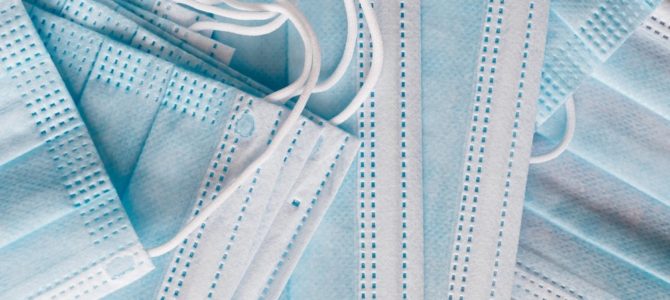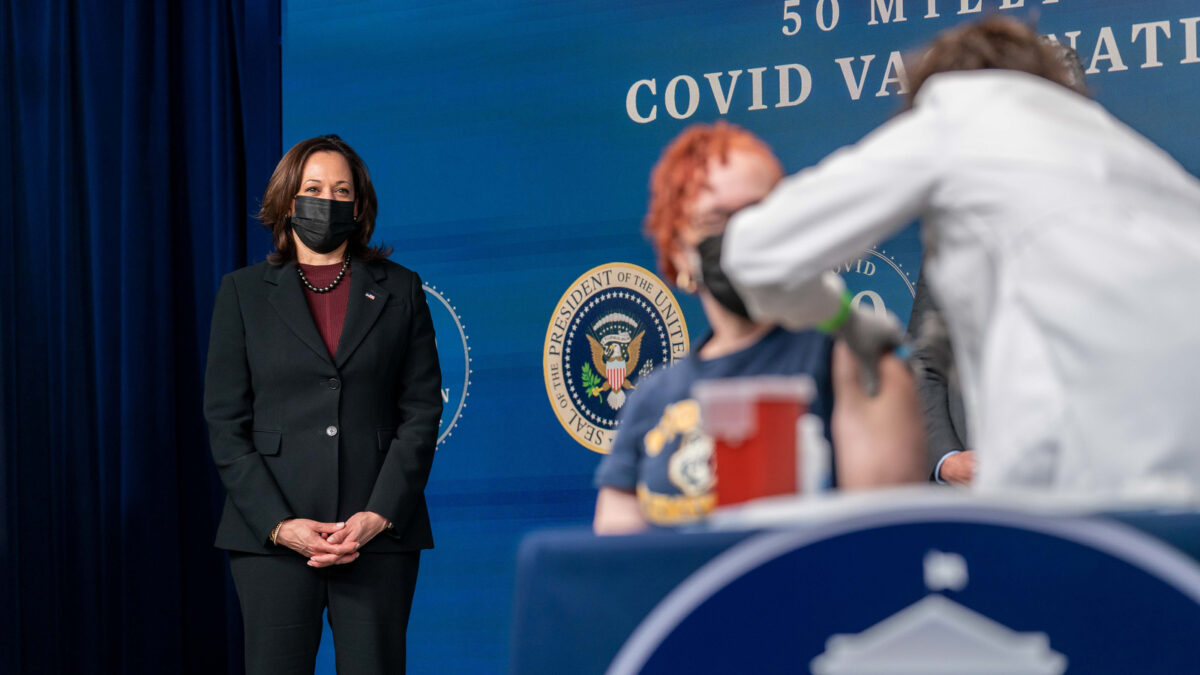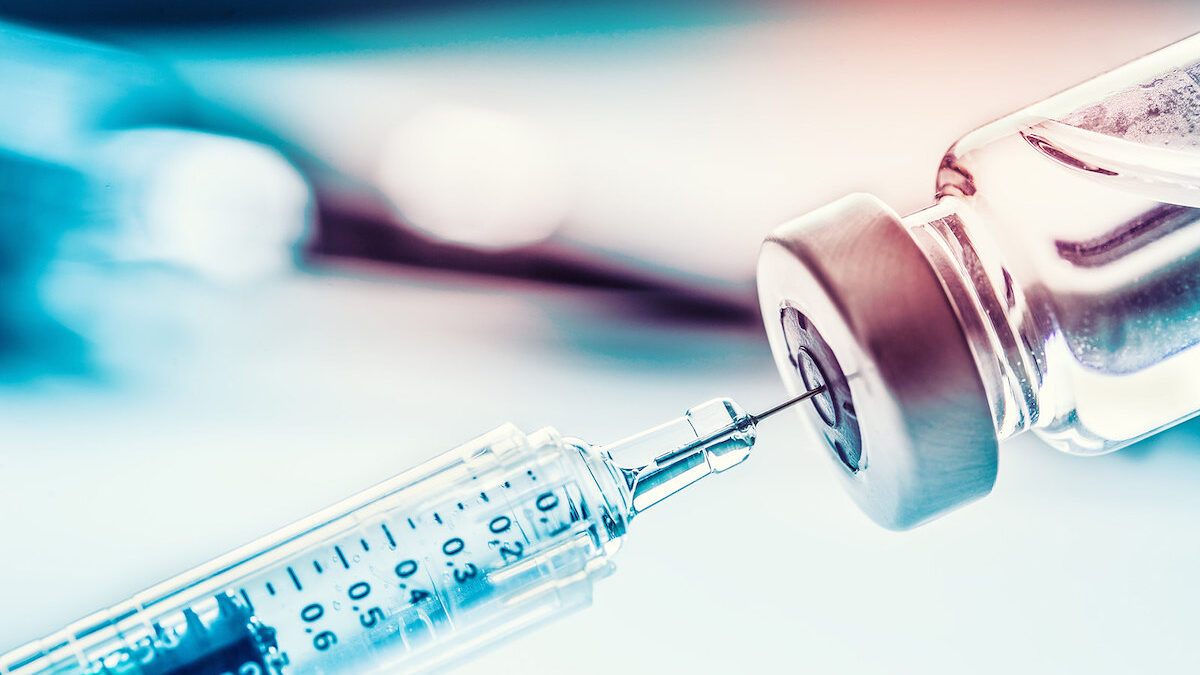
State governments are enthusiastically mandating that everyone, even those who aren’t sick, wear masks when in public. While that might seem like a logical and even patriotic thing to do, what does the science actually say about mask efficacy and safety?
Top Doctors Initially Acknowledged Masks Don’t Work
In the early days of the COVID-19 outbreak, Dr. Anthony Fauci told us masks probably weren’t going to help protect us from the Wuhan virus. Joe Biden’s COVID-19 adviser Dr. Michael Osterholm similarly agreed that wearing masks is “largely” nonsense and that “trying to stop the flu [another respiratory virus] is like trying to stop the wind.”
These expert opinions were based on a meta-analysis of multiple studies about masks on the Centers for Disease Control and Prevention’s (CDC’s) website. It concluded, “We did not find evidence that surgical-type face masks are effective in reducing laboratory-confirmed influenza transmission, either when worn by infected persons (source control) or by persons in the general community to reduce their susceptibility.”
Fauci and Osterholm were also likely aware of numerous studies concluding that masks during surgery don’t prevent wound infections from particles doctors emitted from their mouths and noses. One study found that tracer particles placed on the inside of a surgeon’s mask ended up in the surgical wound.
Another study in Clinical Orthopedics blamed redirected airflow, saying, “The wearing of a surgical face mask had no effect upon the overall operating room environmental contamination and probably work only to redirect the projectile effect of talking and breathing.” Most recently, a September 2020 meta-review concluded, “Surgical mask wearing among individuals in non-healthcare settings is not significantly associated with reduction in acute respiratory illness incidence in this meta-review.”
Much Recent Pro-Mask Research Is Deeply Flawed
The only statistically significant data on preventing viral spread is for N95 masks worn indoors when one can’t socially distance, which is not the type of mask required nor typically worn by the general public.
In favor of a few new, poorly designed studies, government leaders are ignoring the previous solid research that clearly demonstrates the typical cloth masks don’t work. The researchers in these new inferior studies somehow conclude that masks help, but you have to read the fine print: They have an unrealistic experimental design, confounding variables, and a “low certainty” of evidence.
Speaking of fine print, while the World Health Organization (WHO) recommends masks to the public, it acknowledges elsewhere, “At the present time, the widespread use of masks by healthy people in the community setting is not yet supported by high quality or direct scientific evidence.”
One analysis published in the well-known medical journal The Lancet concluded masks help, but the study subjects wore masks along with all other protective health measures, meaning the contribution of masks to the study result can’t be conclusive. To its credit, it rated its evidence on masks as “low certainty,” yet this study is held up as “proof” that masks work.
Other studies, such as one from Nature, had participants blow into a tube or a box while wearing and not wearing various masks. If fewer particles were emitted from the front of the mask, researchers deemed that mask to be effective. That would be great, except measuring only the forward projection of particles completely misses the aerosols that escape from the edges of the mask. A person’s fogged glasses are a clear demonstration that masks do little to contain aerosols. Masks simply “redirect airflow,” as the Clinical Orthopedics study stated.
Another “definitive” study put rats in adjacent cages separated by a small hole completely covered by a new, dry mask. This experiment does not come close to approximating the effectiveness of the moist, bacteria-laden masks people wear in public, which leak aerosols out of the edges. Comparing masks covering rat air holes to those covering human faces is comparing apples and oranges.
All of these studies also used fresh masks only for a few minutes. The authors acknowledge that when masks get moistened by breath, they might allow for increased emission of viral particles. Indeed, it has been well demonstrated that masks accumulate microorganisms.
Finally, in one case study, a pair of COVID-19-infected hairdressers worked with masks, and their clients didn’t become ill. While this case is also widely viewed as proof masks work, important details were ignored.
First, many of the hairdressers’ clients declined to get tested, so we don’t know if they contracted COVID after contact with the hairdressers. Second, the clients who were in contact with the stylists when their viral load would have been highest were not included in this case study. Third, the hairdressers obviously had mild cases, otherwise they wouldn’t have been able to nor allowed to work.
When did the science bar get so low, especially for something forced on the entire population?
Are Masks Actually Causing Harm?
“Maskne,” face rashes, “mask mouth,” and sore throats point to bacteria building up in masks due to the humid, stagnant air and changes in the oral microbiome, which can cause systemic inflammation and downstream disease. A 2015 study found that health-care workers who wore cotton face masks suffered from significantly more respiratory illness than those who wore surgical masks.
Previous research conducted by Fauci himself found that the main cause of death in the 1918 Spanish flu pandemic was from bacterial pneumonia. Inhaling higher bacterial counts with every breath sounds like an especially bad idea.
The WHO specifically recommends against wearing a mask while exercising because “masks may reduce the ability to breathe comfortably. Sweat can make the mask become wet more quickly which makes it difficult to breathe and promotes the growth of microorganisms.”
Abundant research demonstrates masks cannot help prevent the spread of coronavirus, while much recent research claiming to support masks is weak and poorly designed. Frequent mask use by the general population increases bacteria and dust in our mouth and airways. A government mandating that everyone wear a mask based on such low-quality evidence is reckless and potentially harmful.
For now, let’s stick with the measures that do help: social distancing, hand hygiene, and avoiding chronic disease. Only don a fresh, clean N95 mask for short periods of time when you’re unavoidably close to others indoors.









